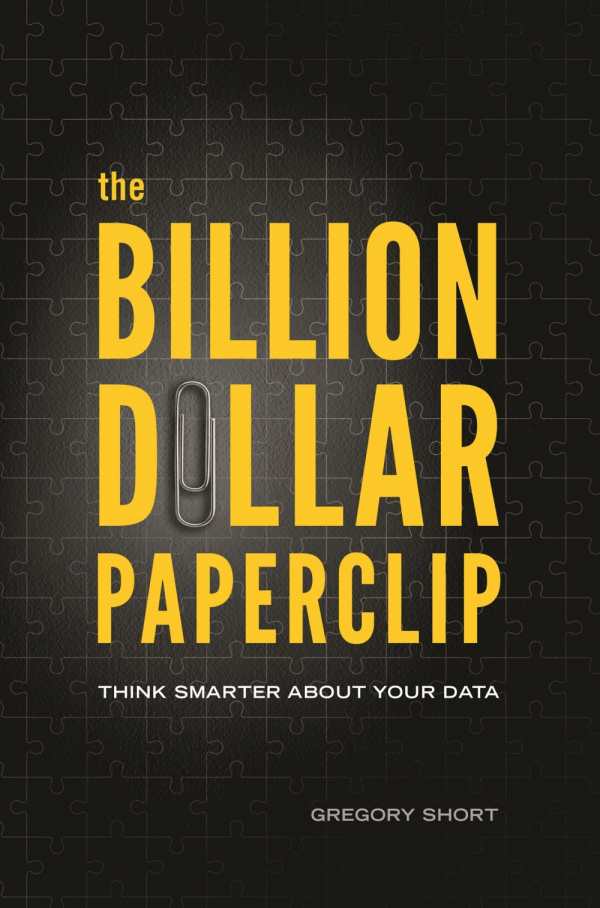The Billion Dollar Paperclip
Think Smarter about Your Data
Gregory Short, who founded two revolutionary market research companies, offers readers a “behind the curtain” look at the importance of data in a company. The book’s unusual title is derived from the notion that even a simple paperclip depends on multiple complex processes, products, and services for it to be manufactured and sold. Thus, “a simple paperclip represents a billion-dollar ecosystem,” writes the author. And behind all of that is data.
The real challenge, according to Short, is the fact that most company managers view data in isolation rather than in context. In fact, Short believes the typical research conducted by firms on behalf of companies—mainly qualitative research, quantitative research, and predictive analysis—falls short. Instead, contextual analytics, which Short calls “the largest opportunity in decades to expand the total market research industry,” would provide much needed insightful and actionable intelligence.
The Billion Dollar Paperclip is more a position statement on the contemporary issue of contextual analytics than a how-to guide for implementation. Short writes with authority and passion, citing examples of companies whose access to “big data” alone was not a solution; rather, it was each company’s ability to learn lessons and gain insight from the context of that data.
Short’s book is likely to turn the generally accepted principles of market research upside down while opening managers’ eyes to the reality of the new and powerful world of contextual data. Wise and informative, The Billion Dollar Paperclip is a smartly insightful book.
Reviewed by
Barry Silverstein
Disclosure: This article is not an endorsement, but a review. The publisher of this book provided free copies of the book to have their book reviewed by a professional reviewer. No fee was paid by the publisher for this review. Foreword Reviews only recommends books that we love. Foreword Magazine, Inc. is disclosing this in accordance with the Federal Trade Commission’s 16 CFR, Part 255.

